In the heart of New Zealand, a battle unfolds—a quest to save one of the world’s most unique and endangered birds: the Kakapo. This flightless parrot, with its mossy green feathers and charmingly curious nature, has fascinated scientists and nature lovers alike. Once abundant across New Zealand, the Kakapo now teeters on the brink of extinction. The urgency to save this nocturnal creature has galvanized a community of conservationists, scientists, and volunteers into action. Their mission is clear, but the journey is fraught with challenges and hope.
The Unique Charm of the Kakapo

The Kakapo, also known as the “owl parrot,” is an icon of New Zealand’s biodiversity. With its round face and large eyes, it bears a resemblance to an owl, yet its parrot-like beak and vibrant plumage tell a different story. Standing out in the avian world, the Kakapo is the heaviest parrot, weighing up to 9 pounds. Its inability to fly doesn’t hinder its charm; instead, it adds to its mystique. The Kakapo’s nocturnal habits and ground-dwelling lifestyle make it a fascinating subject of study for ornithologists and bird enthusiasts. Its gentle demeanor and quirky personality captivate anyone lucky enough to encounter it.
A Glimpse Into the Past
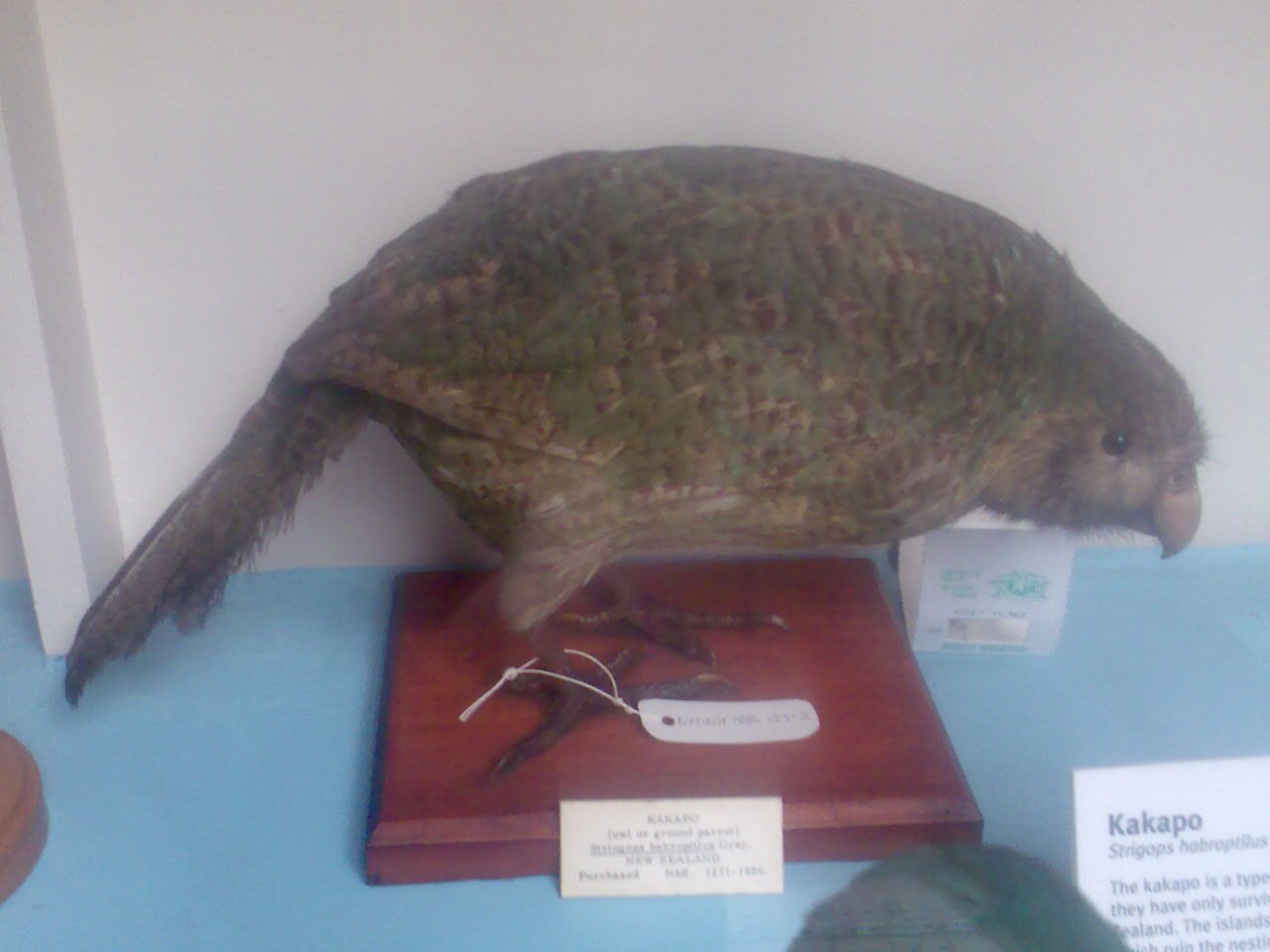
Historically, Kakapos roamed the landscapes of New Zealand in large numbers. They thrived in the dense forests, using their strong legs to climb trees and their sharp beaks to forage for food. However, the arrival of humans and predatory mammals marked the beginning of their decline. The introduction of pests like rats, cats, and stoats devastated Kakapo populations. By the late 20th century, their numbers had dwindled to a mere handful, leaving conservationists scrambling to protect the few remaining birds. This historical context highlights the critical need for intervention to prevent their extinction.
Conservation Efforts: A Ray of Hope
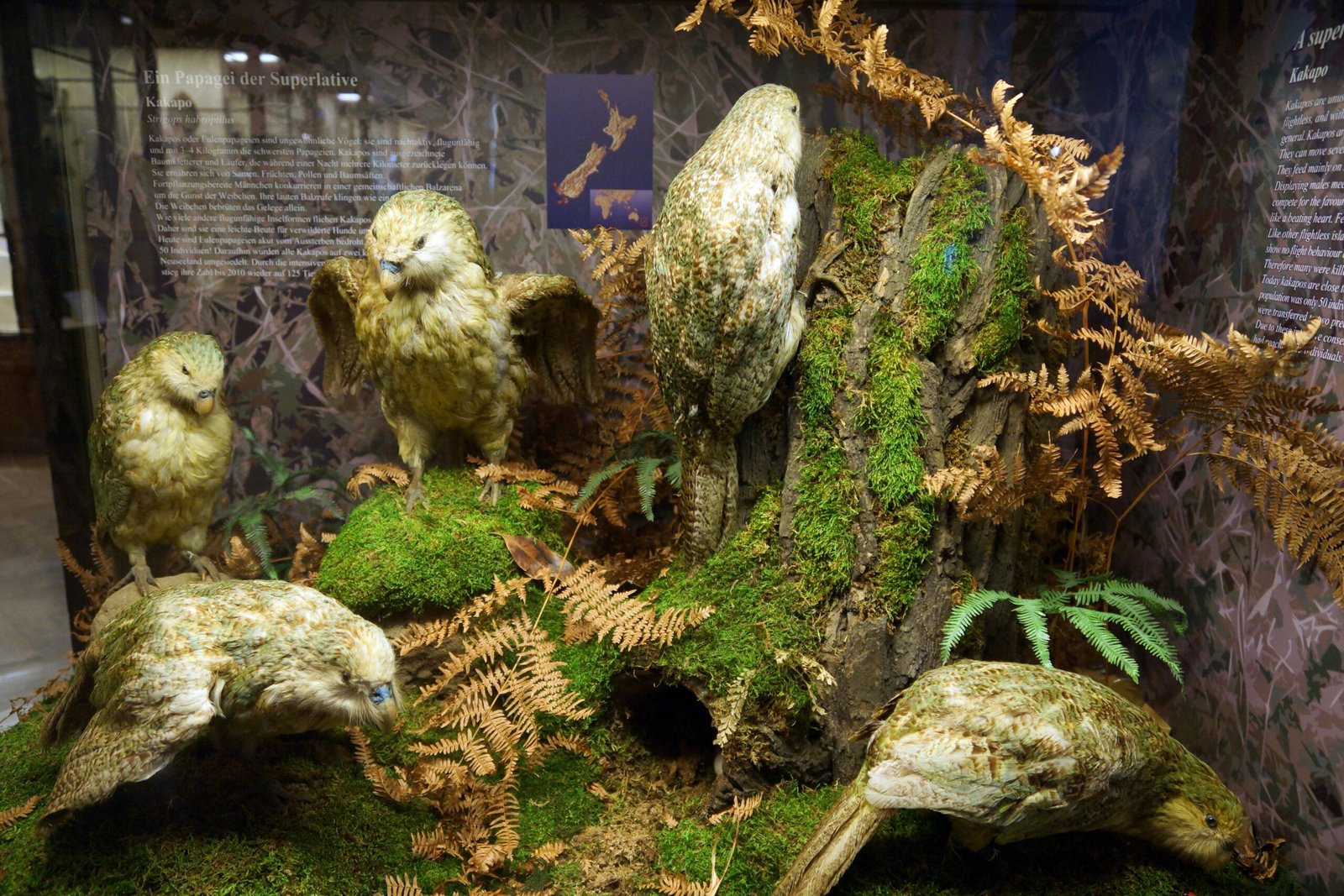
The plight of the Kakapo has inspired a global conservation effort. The New Zealand Department of Conservation has spearheaded initiatives to protect and revive the species. One of the most notable projects is the Kakapo Recovery Program, which involves intensive monitoring, breeding programs, and habitat restoration. Dedicated conservationists work tirelessly to ensure the survival of each bird, often going to great lengths to provide the necessary care. These efforts have resulted in a slow but promising increase in the Kakapo population, offering a glimmer of hope for the future.
Breeding Challenges and Innovations

Breeding the Kakapo presents unique challenges. These birds have a low reproductive rate, with females laying eggs only once every two to four years. Additionally, their reliance on specific native fruits for breeding poses further complications. To combat these issues, scientists have developed innovative solutions, such as artificial insemination and supplemental feeding. By closely monitoring the health and nutrition of the Kakapos, conservationists aim to optimize breeding success. These groundbreaking techniques are pivotal in increasing the population and ensuring the species’ survival.
Predator-Free Sanctuaries
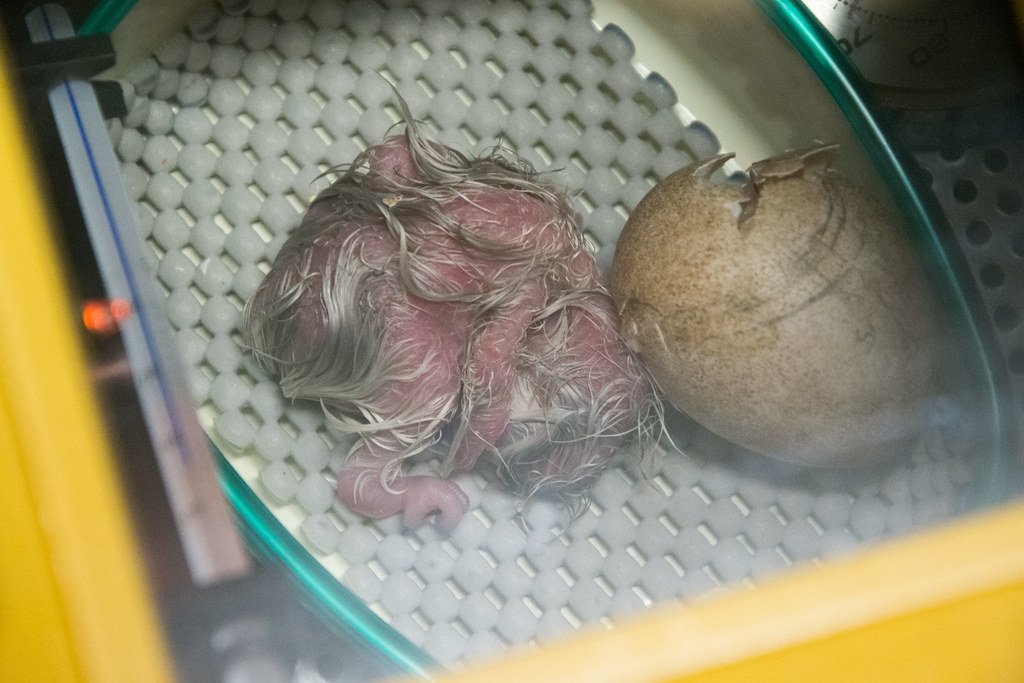
Creating safe havens for the Kakapo is crucial for their protection. Several predator-free islands have been designated as sanctuaries, providing a secure environment for these vulnerable birds. These islands are meticulously maintained, with strict biosecurity measures to prevent the introduction of predators. The sanctuaries offer a refuge where Kakapos can thrive without the threat of invasive species. Conservationists regularly monitor these areas, ensuring the birds have access to food and suitable nesting sites. This approach has proven effective in fostering a stable population and safeguarding the Kakapo’s future.
The Role of Technology in Conservation

Modern technology has become an invaluable tool in the fight to save the Kakapo. GPS tracking devices and drones are used to monitor the birds’ movements and habitats. This data provides insights into their behavior and helps identify potential threats. Additionally, DNA analysis has been instrumental in understanding the genetic diversity of the population. By identifying genetic bottlenecks, scientists can make informed decisions about breeding pairs to enhance genetic health. The integration of technology into conservation efforts is revolutionizing the way we protect endangered species like the Kakapo.
Community Involvement and Education
The success of the Kakapo conservation efforts is largely attributed to community involvement and education. Public awareness campaigns and educational programs have inspired people from all walks of life to contribute to the cause. Volunteers play a vital role in monitoring the birds, maintaining habitats, and assisting with research. Schools and local communities are engaged through workshops and interactive sessions, fostering a sense of stewardship for the Kakapo. By involving the public, conservationists have created a network of support that extends beyond New Zealand’s borders.
A Global Symbol of Conservation
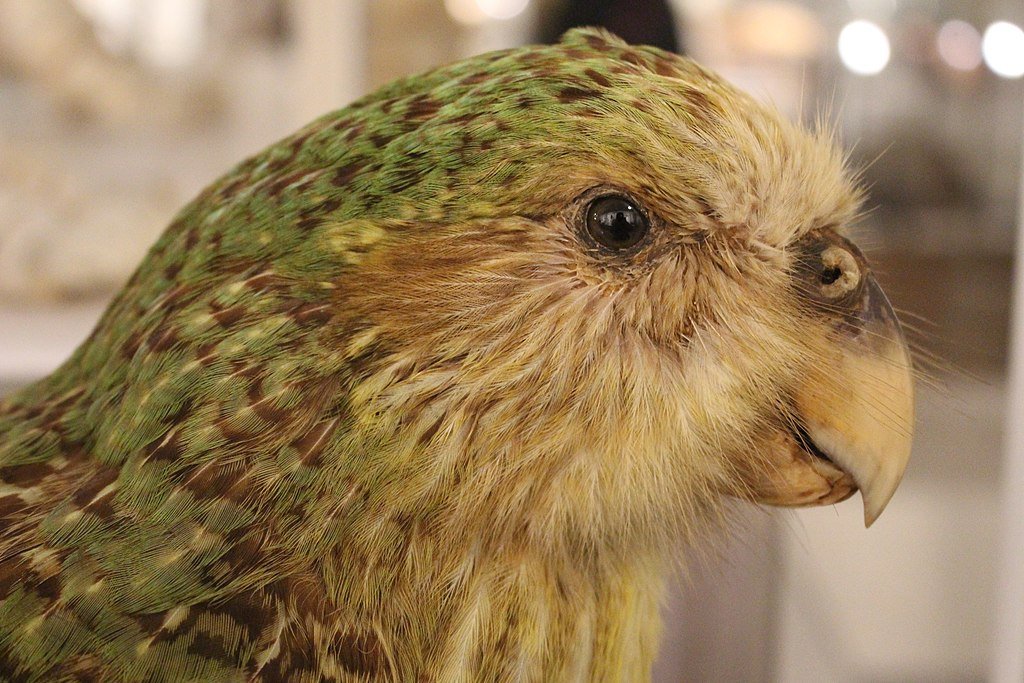
The Kakapo has become a global symbol of conservation, representing the urgent need to protect endangered species. Its story resonates with people worldwide, highlighting the impact of human activities on biodiversity. The Kakapo’s struggle for survival serves as a reminder of the fragility of our natural world and the importance of preserving it for future generations. As conservationists work tirelessly to secure a future for the Kakapo, the bird’s story inspires a collective effort to protect other threatened species around the globe.
Looking to the Future
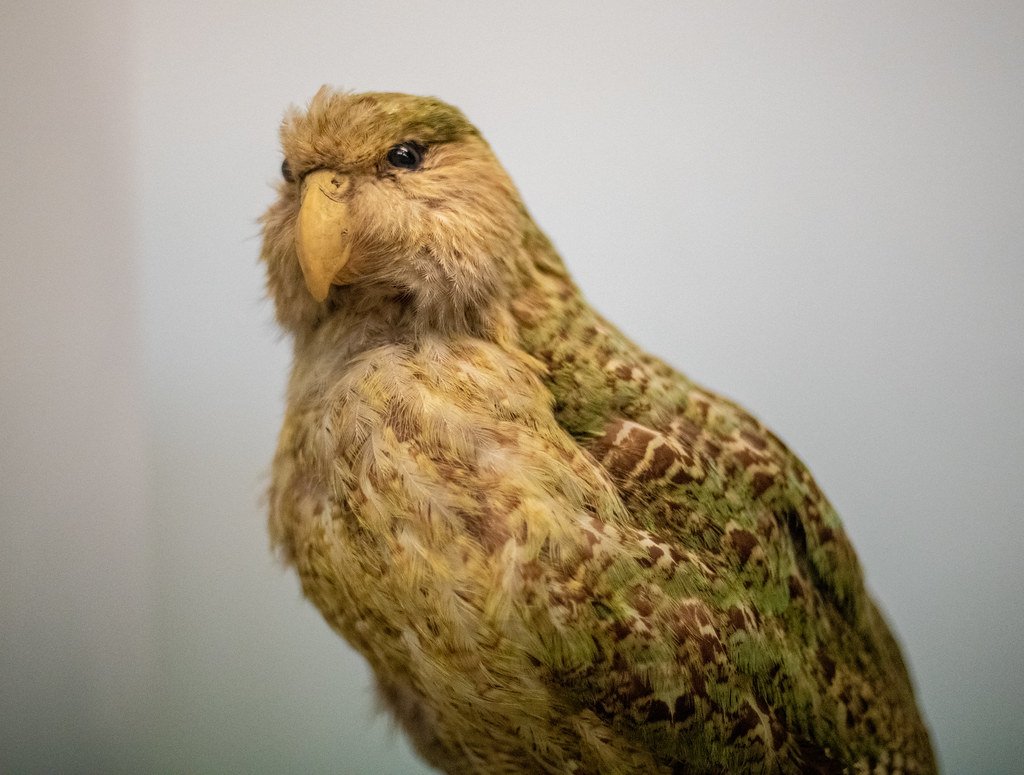
While the Kakapo’s journey is far from over, the progress made in recent years offers hope. Continued research, innovation, and collaboration are essential to overcoming the challenges that lie ahead. The dedication of conservationists, combined with public support, will play a crucial role in ensuring the Kakapo’s survival. As we look to the future, the story of the Kakapo serves as a powerful testament to the resilience of nature and the impact of human intervention. The efforts to save this remarkable bird remind us that even on the brink, there is always a chance for redemption.


